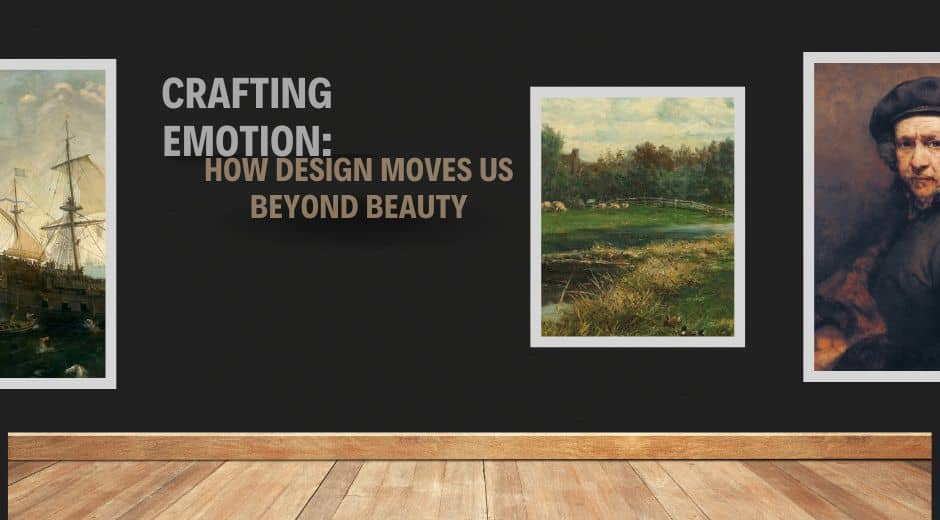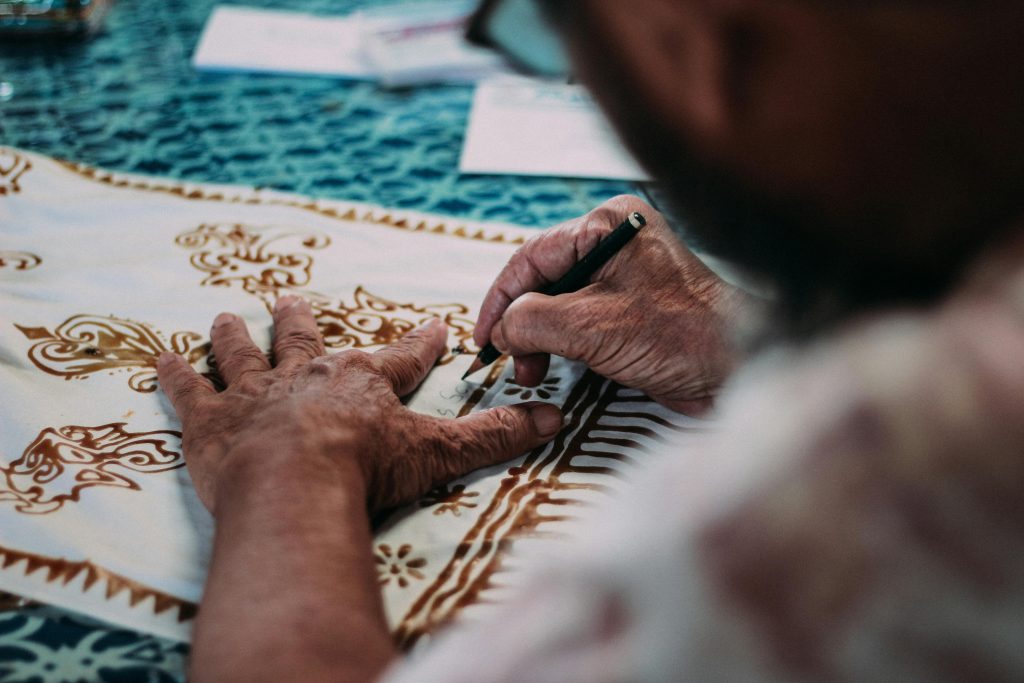Timeless Spaces: How Minimal Design Shapes Modern Identity
Timeless Spaces: How Minimal Design Shapes Modern Identity
The Quiet Strength of Simplicity
In a world filled with noise — visual, digital, and emotional — the pull toward simplicity has never been stronger. Minimal design stands as an antidote to excess, offering clarity, calm, and function without sacrificing personality.
It’s not about stark white walls or empty spaces — it’s about balance, where every object has purpose and every line has intent.
This philosophy transcends trends; it becomes a statement about how we see ourselves and how we move through the world.
1. The Power of Space and Silence
Space isn’t just a backdrop — it’s an active element in good design.
The spaces between objects allow air, movement, and light to flow freely, creating harmony.
Designers often say: “If everything is shouting, nothing is heard.”
By focusing on silence in form, a room becomes meditative, a structure becomes grounded, and the viewer feels drawn rather than overwhelmed.
2. The Language of Light
Light defines structure and emotion alike. Natural light in particular transforms texture, surfaces, and atmosphere in ways no artificial fixture can replicate.
Minimal design treats light as both material and muse — it highlights contrast, shapes mood, and gives depth to simplicity.
Soft morning hues or sharp architectural shadows remind us that illumination can be design itself.
For a glimpse into how design habits influence process, visit this exploration on structured routines.
3. Consistency Over Duration
One of the timeless lessons from modern design pioneers — from Bauhaus to contemporary architects — is that function shapes beauty.
When every element exists for a reason, a natural order appears.
Minimalism strips away distraction, allowing form to follow intent. A chair, a lamp, a doorway — each becomes a study in proportion and efficiency.
It’s elegance without arrogance.
4. Materials That Tell the Story
Concrete, glass, wood, metal — each material speaks differently when allowed to stand in its raw form.
Instead of hiding textures under decoration, minimal design celebrates authenticity.
The smooth chill of marble or the warmth of untreated oak reminds us that honesty in material builds trust in aesthetic.
This is design that feels lived-in, not staged — tactile, grounded, and deeply human.
5. Balance and Proportion
Great design depends not on abundance but on alignment.
The ratio between objects, the symmetry of lines, the negative space around a piece — these subtle adjustments determine how the entire composition feels.
Even in architecture, proportion is the invisible rhythm guiding the viewer’s experience.
It’s the reason certain structures — from Japanese tea rooms to Scandinavian homes — feel just right.
6. Beyond Trend: Identity in Simplicity
Minimal design isn’t about austerity. It’s about creating space for identity to breathe.
A well-designed room reflects not just its owner’s taste but their values — focus, clarity, authenticity, peace.
When you strip away clutter, what remains must hold meaning. That’s why this aesthetic never goes out of style — because it’s rooted in purpose, not fashion.
7. Technology Meets Restraint
The integration of modern technology into design has introduced new opportunities — and new challenges. Smart homes, adaptive lighting, and digital installations demand both utility and subtlety.
The best minimal spaces hide technology within form — invisible but always present.
This harmony between design and function mirrors what tech innovators at AutoShiftWise.com explore: how innovation can blend seamlessly into everyday experience, enhancing rather than overwhelming it.
8. Sustainability Through Subtraction
Minimal design naturally aligns with sustainability.
When you buy less, choose quality, and reuse thoughtfully, you create a more responsible relationship with the environment.
Fewer objects, longer lifespans — that’s not just aesthetic philosophy, it’s ecological mindfulness.
Each deliberate decision reduces waste while elevating meaning — a principle that ties design back to life itself.
Conclusion: Design That Endures
Minimal design isn’t about perfection or rigidity — it’s about awareness.
Awareness of space, proportion, material, and light. Awareness of what we need — and what we don’t.
When design becomes quiet, we finally begin to listen.
“Simplicity is not the absence of detail — it’s the mastery of restraint.”
In a world that celebrates excess, minimalism whispers something braver:
Be intentional. Be timeless.
Inspiration Expression Eternity

Shaping Atmosphere: How Visual Choices Transform a Space
A space changes instantly through form, color, shadow, and arrangement. Explore how thoughtful visual decisions influence mood and elevate everyday interiors.

Shaping a Scene: How Structure Guides the Eye
Every sketch benefits from structure. By guiding the viewer’s eye with thoughtful arrangement, illustrators create pieces that feel intentional, balanced, and visually inviting.

How Traditions Evolve Through Modern Life
Traditions don’t disappear as time passes — they shift, adapt, and take on new forms. Explore how modern life reshapes long-standing customs while keeping their spirit alive.












